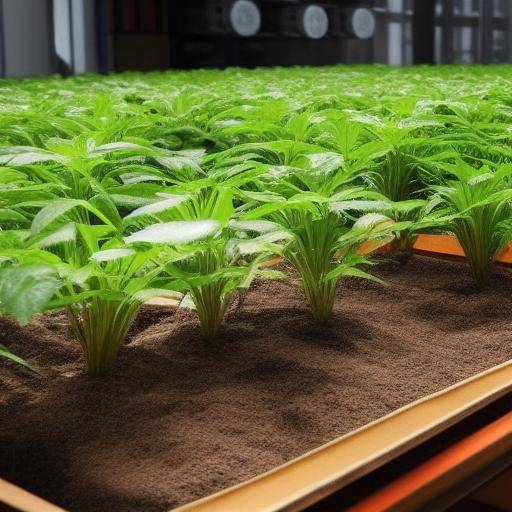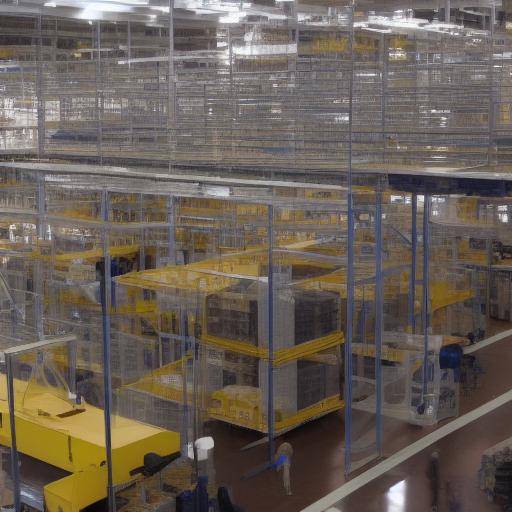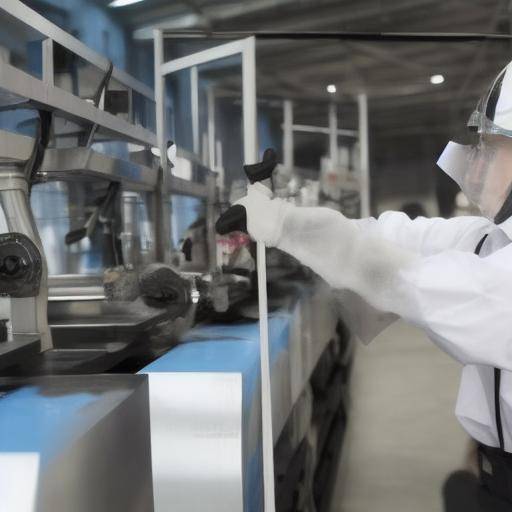
The working environment has a significant impact on the productivity and well-being of workers. One of the elements that can significantly improve this environment is the integration of plants into the workspace. In this article, we will explore how plants can positively impact productivity, environmental well-being and the working environment. You will learn about the potential of plants to improve quality of life at work, as well as practical advice to effectively incorporate them into your workspace.
Benefits of plant integration in the working environment
Plants and productivity
The relationship between plants and productivity has become a relevant issue in the working environment. Many studies have shown that the presence of plants in the workplace can increase the productivity of employees. The incorporation of plants in the office not only improves the aesthetics of space, but also has psychological benefits, reducing stress and mental fatigue, which in turn increases concentration and efficiency at work.
Environmental Welfare
Environmental well-being, which refers to the quality of the physical environment surrounding people, is essential for promoting health and well-being in the workplace. The presence of plants in the working environment can improve air quality by reducing the presence of some common contaminants, such as formaldehyde, benzene and carbon dioxide. In addition, plants can regulate moisture in the environment, creating a more comfortable environment.
Environment
The integration of plants in the working environment can have a significant impact on the perception of the workspace by employees. Plants can contribute to a more welcoming, relaxing and stimulating environment, which in turn can improve job satisfaction and talent retention. Plants can also help reduce environmental noise in offices, creating a more peaceful and conducive environment for concentration.
Tips for plant integration in the workspace
- Select the appropriate covered plants: Choose plants that thrive in indoor environments with little natural light and limited maintenance. Some popular options include Boston fern, snake plant and drainage.
- Put the plants strategically: Place the plants in key areas of the workspace, such as near the workstations, in common areas and in rest spaces. This will allow employees to benefit from their presence on a continuous basis.
- Take care and store the plants: Assists the responsibility of plant care to qualified staff or implements a rotating system among employees. Maintaining healthy plants is essential to maximize their benefits.
Trends and future of plant integration in the working environment
As well-being awareness continues to grow in the working environment, it is expected that the integration of plants into workspaces will continue to increase. The demand for sustainable and healthy solutions in the working environment is likely to foster new design initiatives that holistically incorporate nature into commercial buildings and offices.
Conclusion
The integration of plants into the working environment is an effective strategy for improving productivity, environmental well-being and the perception of the working environment by workers. By incorporating plants in the strategic workplace and carefully, organizations can cultivate an enabling environment for the growth, creativity and satisfaction of their employees.
Frequently asked questions
What are the plants ideal for working spaces with little natural light?
The indoor plants such as pothos, the spider plant and the lily of peace are excellent options for environments with limited light.
How can I keep the plants in my workspace if I have no experience in gardening?
Opt for low-maintenance plants that require little care, such as cactus, succulent or snake plant. In addition, you can search for online resources or consult gardening experts to get advice on plant care.
Can plants in the working environment really reduce stress?
Yes, many studies have shown that the presence of plants in the working environment can reduce stress, anxiety and mental fatigue, contributing to a more relaxing and healthy working environment.
What specific benefits do the air plants we breathe in the office have?
Plants can purify the air by removing certain volatile organic compounds present in the interior environments, which improves air quality and promotes a healthier environment for employees.
How many plants is it recommended to have per employee in a workspace?
There is no exact number, but it is usually recommended at least one plant for 9 to 10 square meters of office space.
Are there negative side effects when having plants in the workplace?
In general, there are no significant negative side effects when having plants in the workplace. However, it is important to consider the potential allergies of employees and ensure that they select plants that do not pose a health risk.
How can I convince my employer to integrate plants into our workspace?
It prepares an argument based on the proven benefits of plants in the working environment, such as increasing productivity, improving well-being and creating a more pleasant and healthy environment. You can present examples of other companies that have successfully implemented this strategy.
The integration of plants into the working environment is a growing trend that not only embellishs the working spaces, but also provides tangible benefits for the productivity and well-being of employees. Consider implementing this strategy in your workplace to create a more friendly, healthy and productive environment.
















